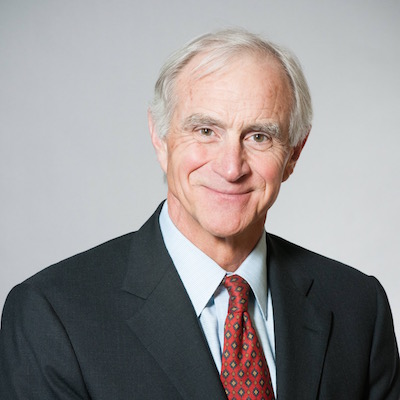![]() Download the full Policy Note.
Download the full Policy Note.
Key Findings
- As the debate over health care reform rages on, more Americans are considering adoption of a single-payer health care system.
- The demand for health care far outweighs the supply of care in every industrialized country.
- Canada has had a single-payer health care system for over 30 years. Health care costs have skyrocketed in Canada and now represent the largest expense for every province’s budget.
- Medical care is rationed in Canada through the use of long waiting lists and through limits placed on the number of certain medical procedures.
- A single-payer system discourages innovation.
- Under a single-payer system, health care spending must compete with all other government activity for funding.
- To control costs, increase choice and maintain and improve quality, patients must be allowed to control their own health care dollars and make their own health care decisions. A single-payer system would move policy in the other direction.
Introduction
As the debate over health care reform rages on, more Americans are considering adoption of a single-payer health care system. The Affordable Care Act (ACA), also known as Obamacare, is a highly complex law and has made our current health care delivery system more confusing. A single-payer system is attractive to many people because of its perceived simplicity – the U.S. government would provide direct health services to all Americans.
To begin with, there is a great degree of confusion concerning the terminology used to describe various health care delivery systems. “Single-payer” health care is a system in which residents are required to pay the government through taxes – in amounts determined by the government – to cover health care costs, rather than purchasing health insurance from private companies in a voluntary and competitive marketplace.
Doctors and other providers in a single-payer system may or may not be government employees. The most recent term for a single-payer system in the United States is “Medicare for All,” under which doctors, clinics, and hospitals are private, but the government is the sole price-setter and bill-payer.
“Socialized medicine” is a term usually reserved for health care systems that are paid for by taxes and that employ all doctors and providers as government workers. The Veterans Administration system in the U.S. is a typical example, in which the hospitals and clinics are owned by the government and the doctors and nurses are all government employees.
“Universal” health care refers to a national system in which every citizen has health insurance paid for through taxes. The insurance may be administered by the government or by private companies with complete oversight by the government. Having “universal” insurance coverage, however, does not guarantee a person actual access to timely health care service.
Virtually every industrialized country has a universal system. Only Canada, and to a certain extent Taiwan, have pure single-payer health care. This Policy Note examines the effectiveness of single-payer health care and what such a system would look like if enacted in the U.S. This paper also discusses policy alternatives to a single-payer system that would put patients, not the government in charge of directing their own health care.
![]() Download the full Policy Note.
Download the full Policy Note.





